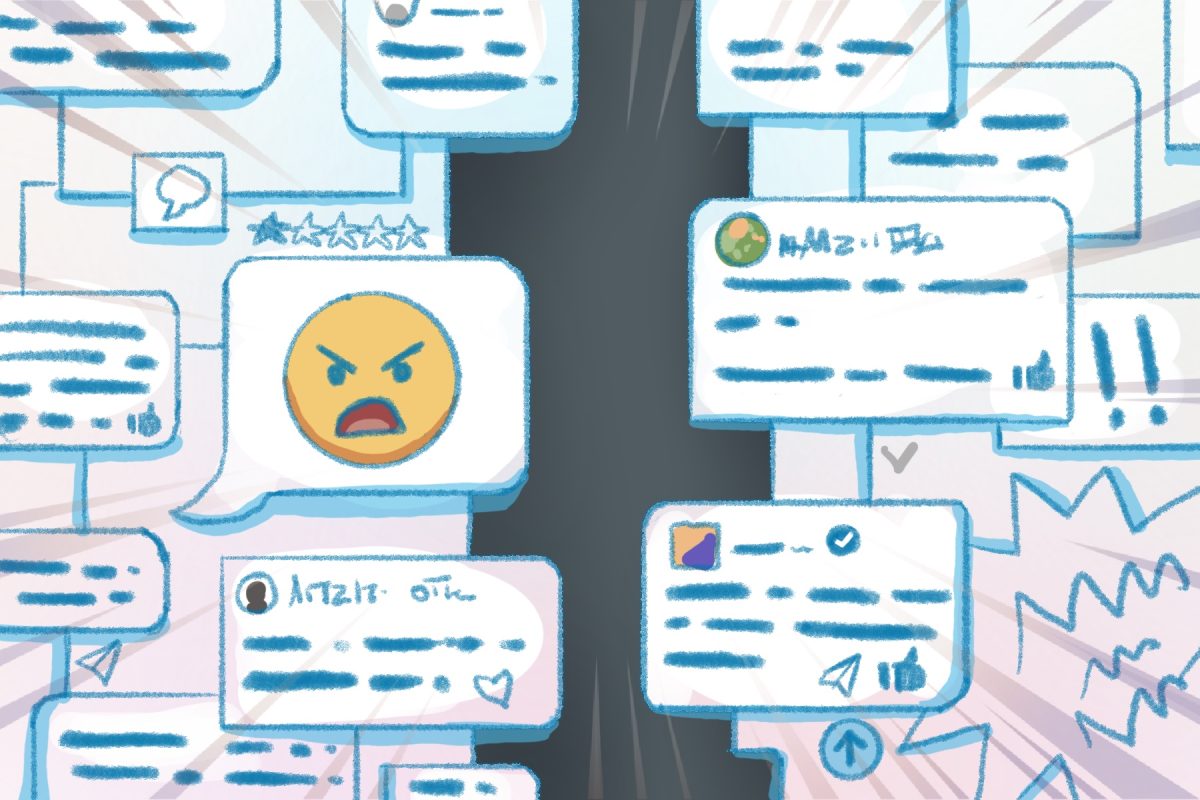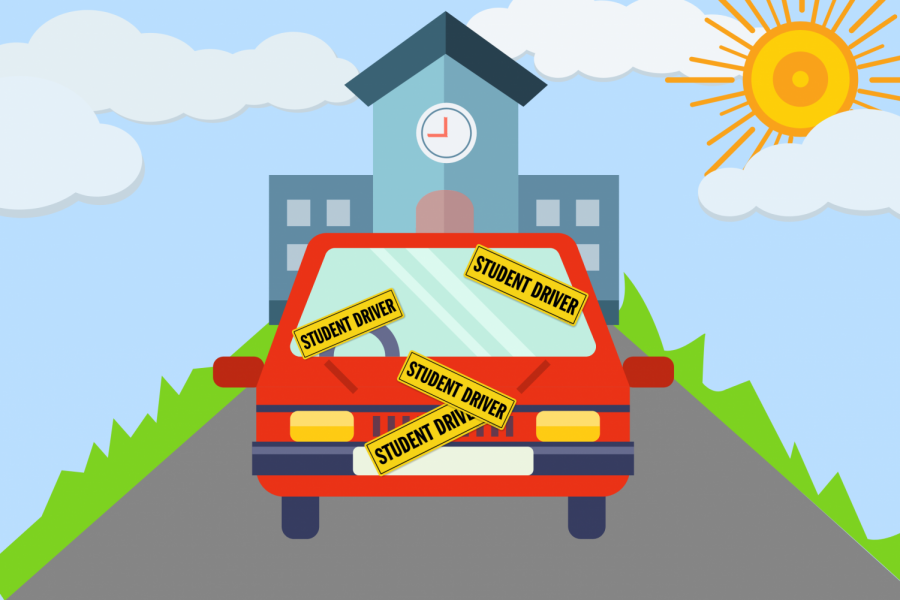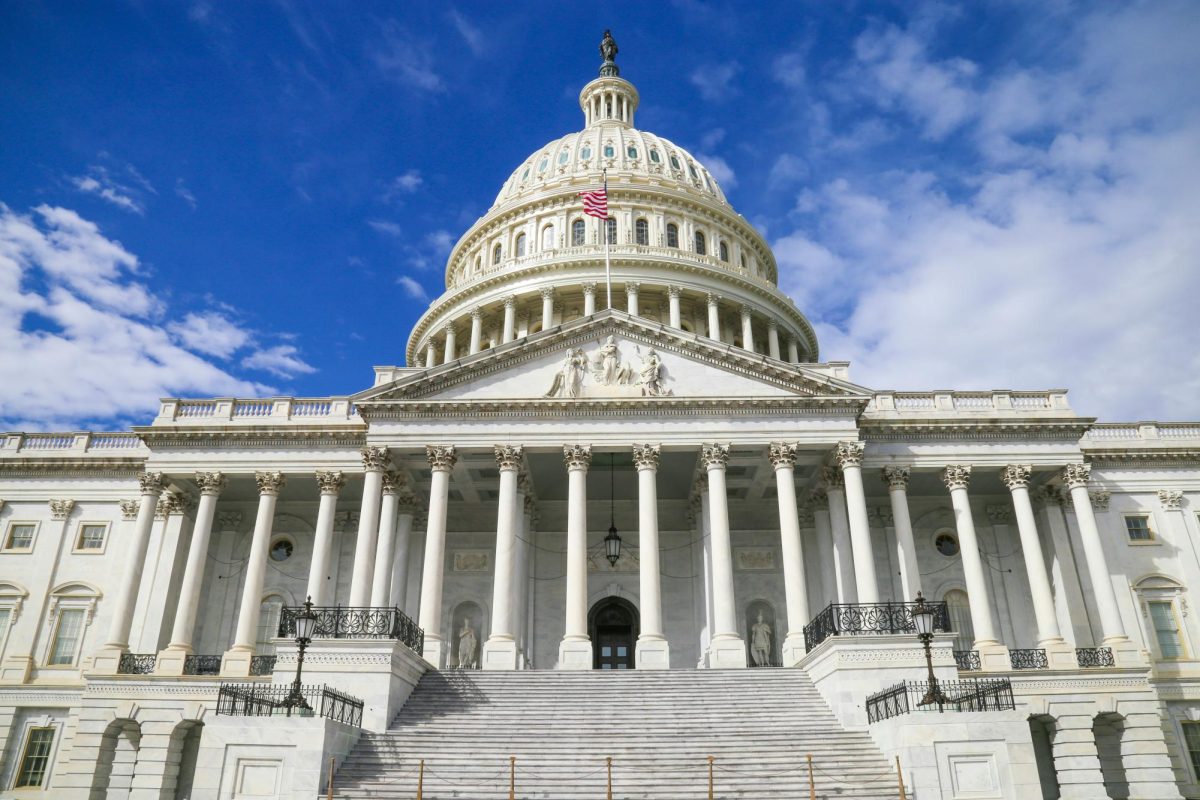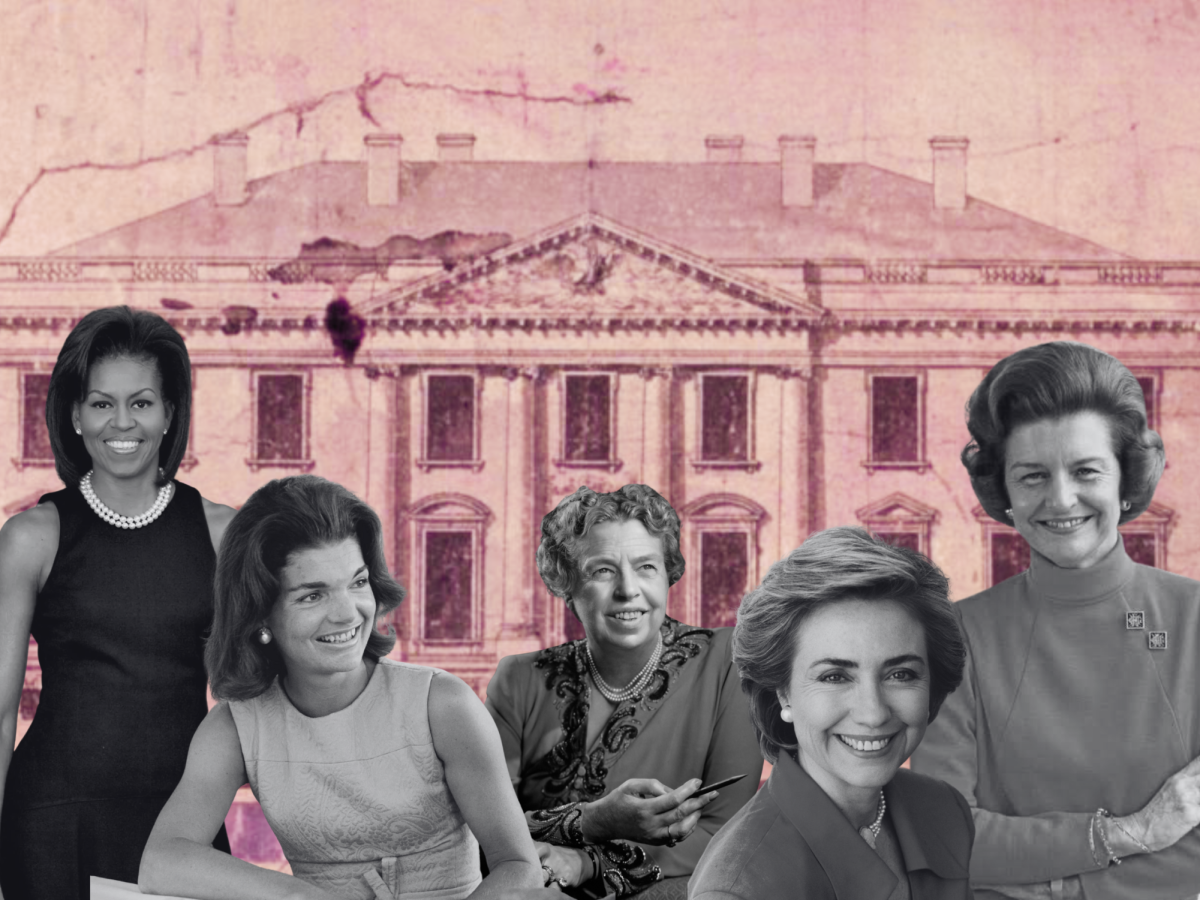When scrolling through social media, it’s common to fear that one double-tap will land you in hot water with other users. People often turn to social media platforms for their news intake, and these platforms can lack the nuances and guidance necessary for honest debate and conversation. Social media influences the opinions of its users and often results in them neglecting their critical thinking skills. Given the freedom to learn about and state opinions on current events, social media users should be mindful of how the content they create influences others and how the media they consume influences themselves. People must process information on their terms, not based on how various news sources on social media tell them to.
Consuming the coverage of an event from two separate media outlets on opposite ends of the political spectrum often provides vastly different points of view and omits imperative information. For example, after George Floyd’s murder, Democrats and Republicans alike sprung into action, giving vastly different accounts of the same conflict. Links to articles circulated on Instagram stories, each taking on a polarizing viewpoint. “‘They Executed My Brother in Broad Daylight’: The Unjust Killing of George Floyd” read one leftist headline. “He was just another criminal with drugs in his system resisting arrest!” insisted right-wing media. Unbiased, unfiltered information is hard to come by, and trying to find a trustworthy source that doesn’t urge consumers to hate everyone on the other side seems impossible in an age of inflated animosity.
People are quick to side with drastic viewpoints due to parents teaching their children from a young age to identify as a Democrat or Republican. Pew Research Center found that 89% of adolescents shared the same political views as their parents. Centuries of normalization of a two-party system have made it easier for news outlets to cause major division on an issue almost as soon as it occurs. In hand-picking information to share with the public, as well as continuously encouraging hatred for the other side, the media can keep society complacent — an idea explored by American philosopher and linguist Noam Chomsky in his book “Manufacturing Consent.”
The phrase “manufacturing consent” describes how news outlets organize information to push propaganda through the media and keep citizens obeying certain paradigms. This concept is used regularly in reporting to entice agreement for a particular side and dissuade bipartisanship.
Manufacturing consent is evident in the social media discourse surrounding the Israel-Hamas conflict. By reposting extreme viewpoints, social media users created an online environment fueled by hatred and opposition. “Stand with Israel or stand with terrorism” as well as “resist colonialism by any means necessary” are two phrases that have circulated on Instagram. On one hand, nobody wants to support terrorism, and on the other, not wanting to stand with the Israeli government’s actions should not immediately classify someone as a proponent for the next extreme on the ideological spectrum. In promoting the most extreme sides of an issue, online platforms have created a space that pushes adversity and divisiveness.
It may seem as though social media operates independently from major news outlets or government organizations. However, it’s important to remember that every politician is an activist who works closely with media outlets to accomplish shared goals. Addressing the acts of Hamas in the days after the initial attack, President Biden stated that he “never really thought that [he] would see and have confirmed pictures of terrorists beheading children.” As soon as the words left his mouth, the damage was done. It did not matter that a statement from the White House soon after confirmed his claims were completely unfounded — journalistic outlets ran with it, and the news that terrorists had stooped so low as to “behead” young children spread like wildfire. Supporters of the other side infuriated about Biden’s spread of misinformation, came up with the title “Genocide Joe,” demonstrating how statements are easily stretched in extreme directions by the media. Many issues covered by the news fester in a narrow corridor of hate that allows for only two extremist sides to thrive, pushing the “with me or against me” mentality. Almost every major issue of the modern age has fallen victim to polarization: gun control, the pandemic and the Black Lives Matter movement are just a few that come to mind. Everything must be a controversy, and everything must be divisive. As a result, the country cannot come together on anything.
Of course, sometimes it is impossible to be impartial or bipartisan. There are issues that people feel deeply passionate about — whether as a result of religion, trauma, heritage or identity — and neutrality is not always the end goal. However, people need to be conscious of how the news they consume influences their beliefs and contributes to the increase in divisiveness that plagues society.
To be safe and informed on social media, users must take accountability for the things they share and what they allow to penetrate their field of consumption. Being a responsible social media consumer means acknowledging how some major outlets strive to push forward divisive rhetoric. PC Guide, a technology and internet advice website, recently named The Associated Press and Reuters as two of the most unbiased news sources available on the internet. They are great options for users who would like to compare the reporting of an event on one of these two sites to their preferred outlets and examine the differences. If there is anything to take away from the division created by quick-click news, it is the necessity to cross-reference and not be swept away by sensational headlines and claims.


















